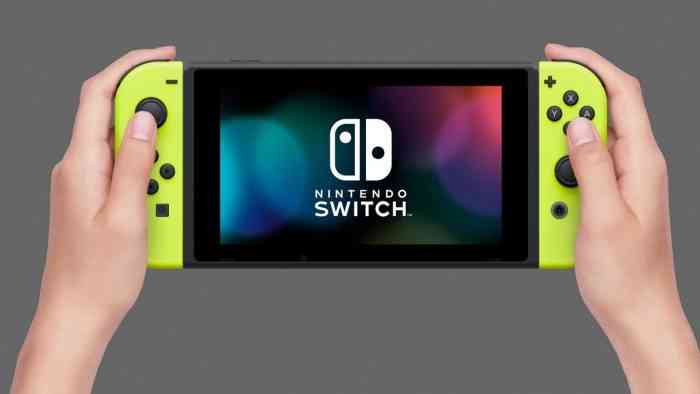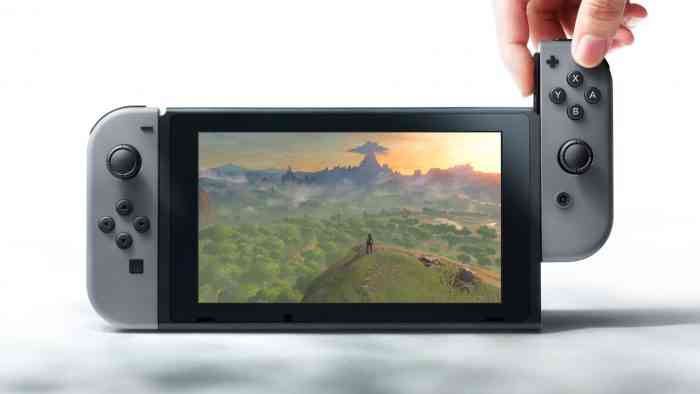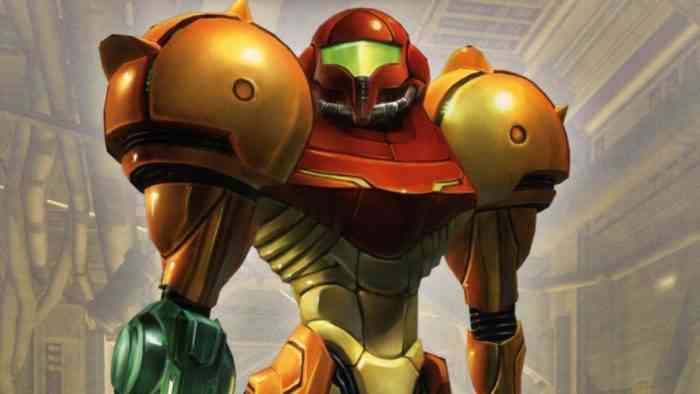Nintendo Comeback Looking Possible After E3 Performance
Nintendo is getting older and so are many of their fans. Now, this may feel like an obvious statement, but I’m saying it because, over the past few years, Nintendo seems to have forgotten this more than anyone else. Nintendo has been a beloved staple in gaming since the early 1980s because they have always put out hardware and content with a certain expectation of polish. Now, more than 30 years later, Nintendo is still held to this standard of quality by their fans, many of whom have been enjoying their products for much of that time. But Nintendo has also received a lot of complaints in recent years for putting out content that goes against what these fans have come to know and love. After E3 2017, however, it looks like Nintendo might finally be getting back on the right track.

Though the Nintendo Switch has been selling exceedingly well in 2017, Nintendo was struggling in the years leading up to its release, with 2014 being possibly their worst year. This mostly had to do with the Wii U, which they announced in January of that year had only sold approximately 2.4 million units across a nine-month period. For comparison, the Switch sold more than that in its first month on the market, and that doesn’t even take into account the supply issues that are still rampant today.
Console sales aside, 2014 also showed a distinct change in course for Nintendo, as they believed shifting their focus to children was part of the solution. Unfortunately, this was probably the worst thing they could have done. Children under the age of 18 only represent about 27 percent of gamers in the U.S with the average age of gamers being around 31 years old, and this does not exclude Nintendo fans. In a 2014 conference presentation, Damon Baker, a marketing advisor for Nintendo of America, revealed some interesting statistics on the demographic of users visiting the Nintendo eShop, an online marketplace housed within the Wii U for purchasing games and software. He said that roughly 79 percent of all visitors are between the ages of 18 and 34, with only 7 percent being under 18.
“Looking at this, you might be surprised,” Baker said during his talk. “Nintendo is known as a very kid friendly, family friendly console.”

Clearly, this did not influence Nintendo’s decision to direct more attention to a younger audience, and the release of Metroid Prime: Federation Force is a perfect example of this. The Metroid series is a longstanding and highly beloved Nintendo franchise, and players have been eagerly waiting for another entry since “Metroid: Other M” released on the original Wii in 2010. At E3 2015, they finally thought Nintendo would deliver. And Nintendo did, but not what fans were expecting. Instead of a full-fledged entry into the mainline series, Nintendo presented Federation Force, a 3DS game with a clear target audience of children. They took a series that has been known to explore adult and complex topics and hollowed it out until only a vague semblance of what made the original games so great remained. Needless to say, the response was abysmal. So much so, that Reggie Fils-Aime, the president of Nintendo America, had to come forward to address it. Currently, the announcement trailer for the game has a dislike-to-like ratio of 9 to 1 on YouTube, with nearly 90,000 down votes.
“The reaction has been negative. There’s no sugar coating it,” Fils-Aime said in an interview with Mashable. “My ask is that fans trust us.”
But even with some added trust, the game performed poorly and was not what fans wanted from a Metroid game. It was a stripped-down version, meant to entertain an age group that is not familiar with the Metroid series in the first place.
With that in mind, it was nearly impossible for me to view Nintendo’s showing at this year’s E3 as anything but a direct response to this reaction. They announced not one but two brand new Metroid games during E3, one of which was Metroid Prime 4, a sequel to the hugely praised Prime trilogy that brought Samus Aran into the world of 3D gaming. Prime 4 was only given a brief teaser showing a title card and letting us know it is “currently in development for the Nintendo Switch,” but that was enough to get Nintendo fans off their chairs in excitement. The other new entry into the Metroid series announced was Metroid: Samus Returns, a 2.5D remake of Metroid II, which will be coming in September of this year for the 3DS.

These announcements were great for two reasons: firstly, both fans of the classic 2D style of Metroid games and 3D will be pleased, and second, it shows Nintendo is finally beginning to understand the type of software their fans want. The Switch has been selling well, but Nintendo knows if they don’t continue to push out a consistent stream of quality content, they will merely end up with another Wii U debacle on their hands. Nintendo also showed off more of Super Mario Odyssey, which looks to bring a truly inventive entry into the Mario series and has been garnering a great deal of early praise from both fans and critics alike at E3, including a Best in Show award here at COGConnected. And if that wasn’t enough, Nintendo also announced that, for the first time on a home console, a core Pokémon RPG will be coming to the Switch.
Nintendo arguably won the show this year at E3 not because they showed the most games or have the most powerful hardware, but because they are finally starting to remember what made people like them in the first place. With the Switch jumping out of the gate strong, Nintendo is following it up with software that capitalizes on the potential of their unique hardware, while simultaneously staying true to what fans have come to expect. It’s still too early to tell if this trend will continue until the end of the Switch’s life cycle, but one thing’s for sure: Nintendo’s looking a lot better now than they did a few years ago.